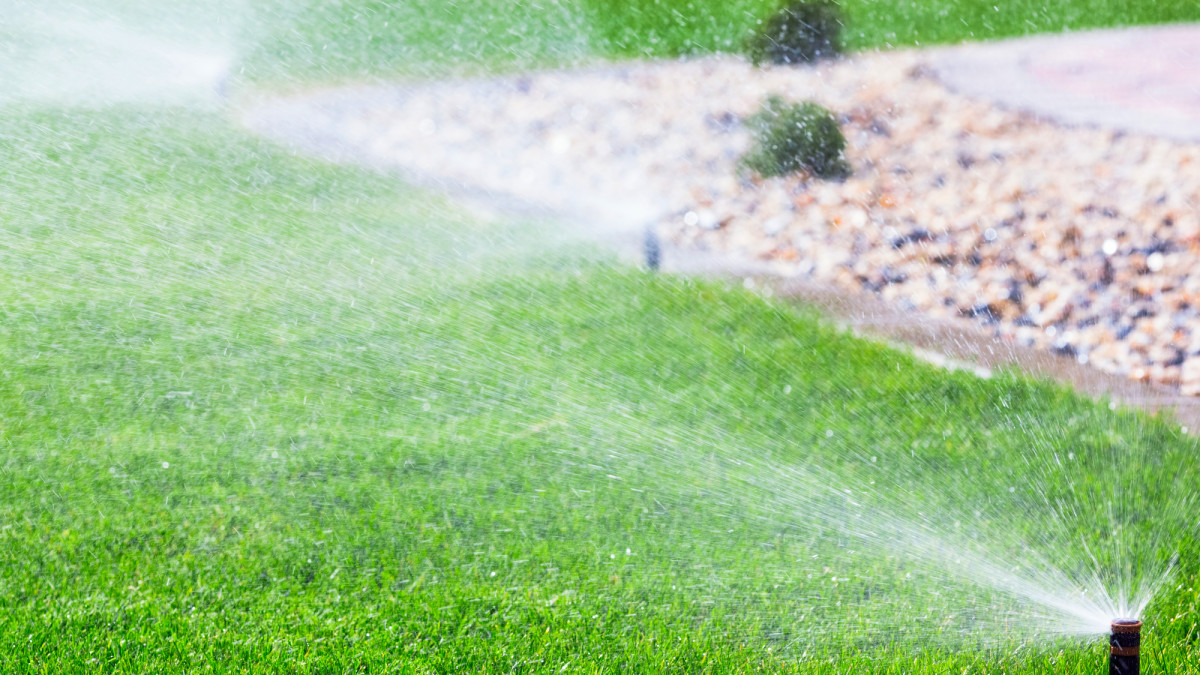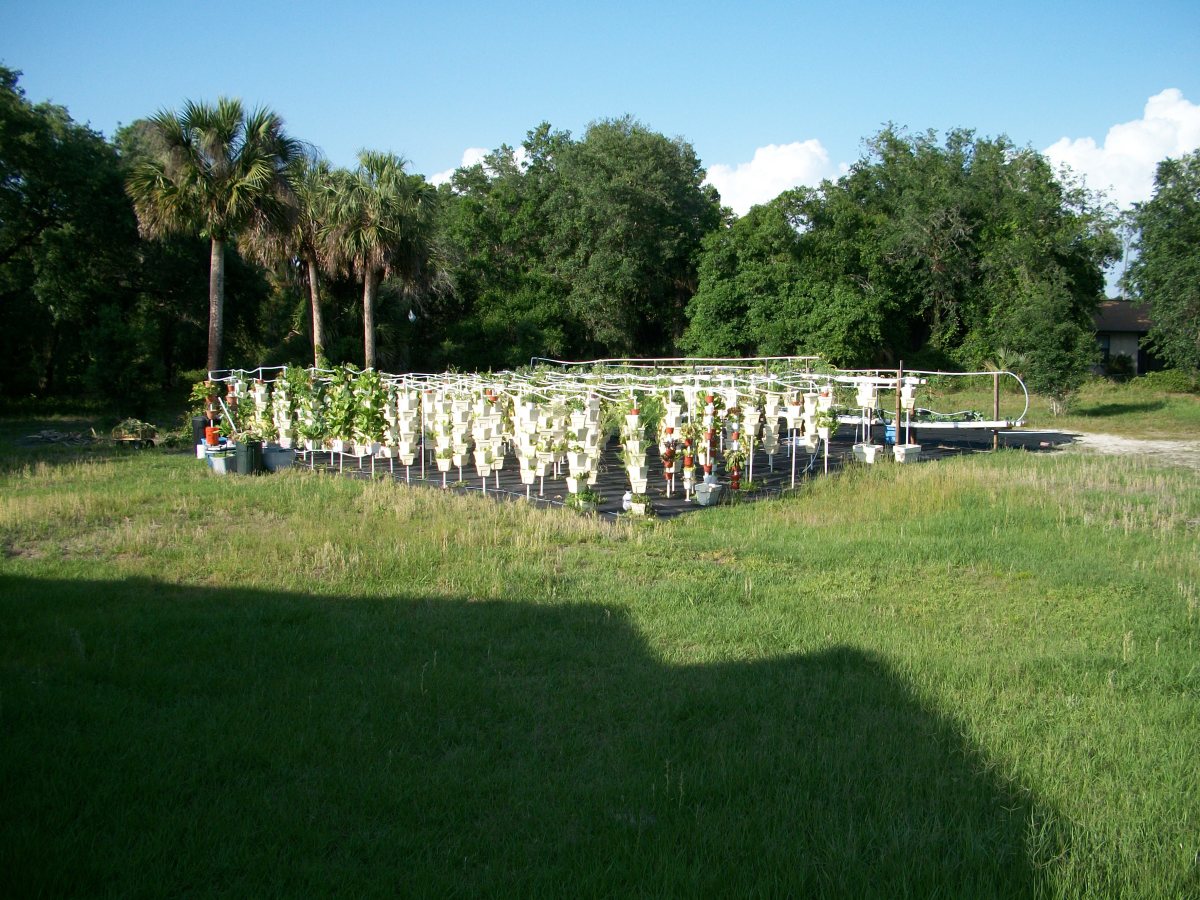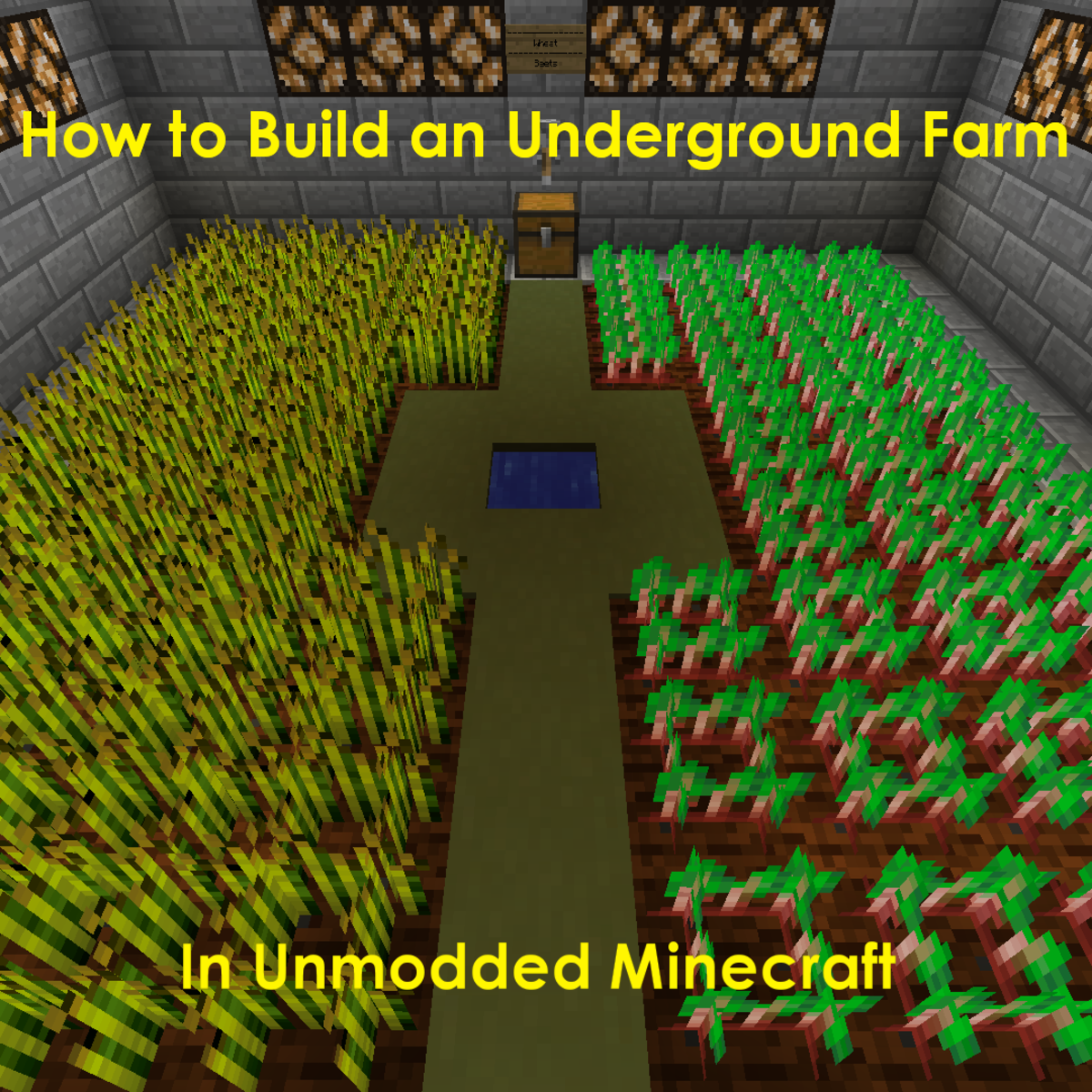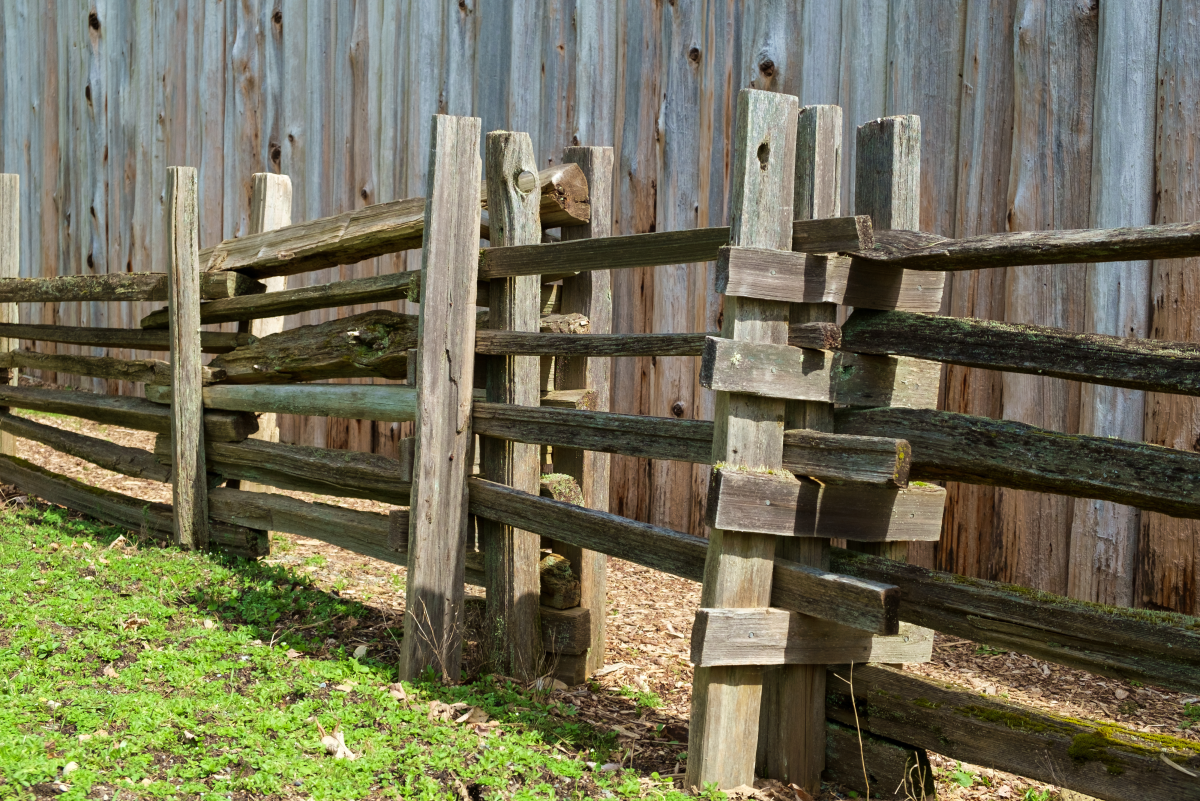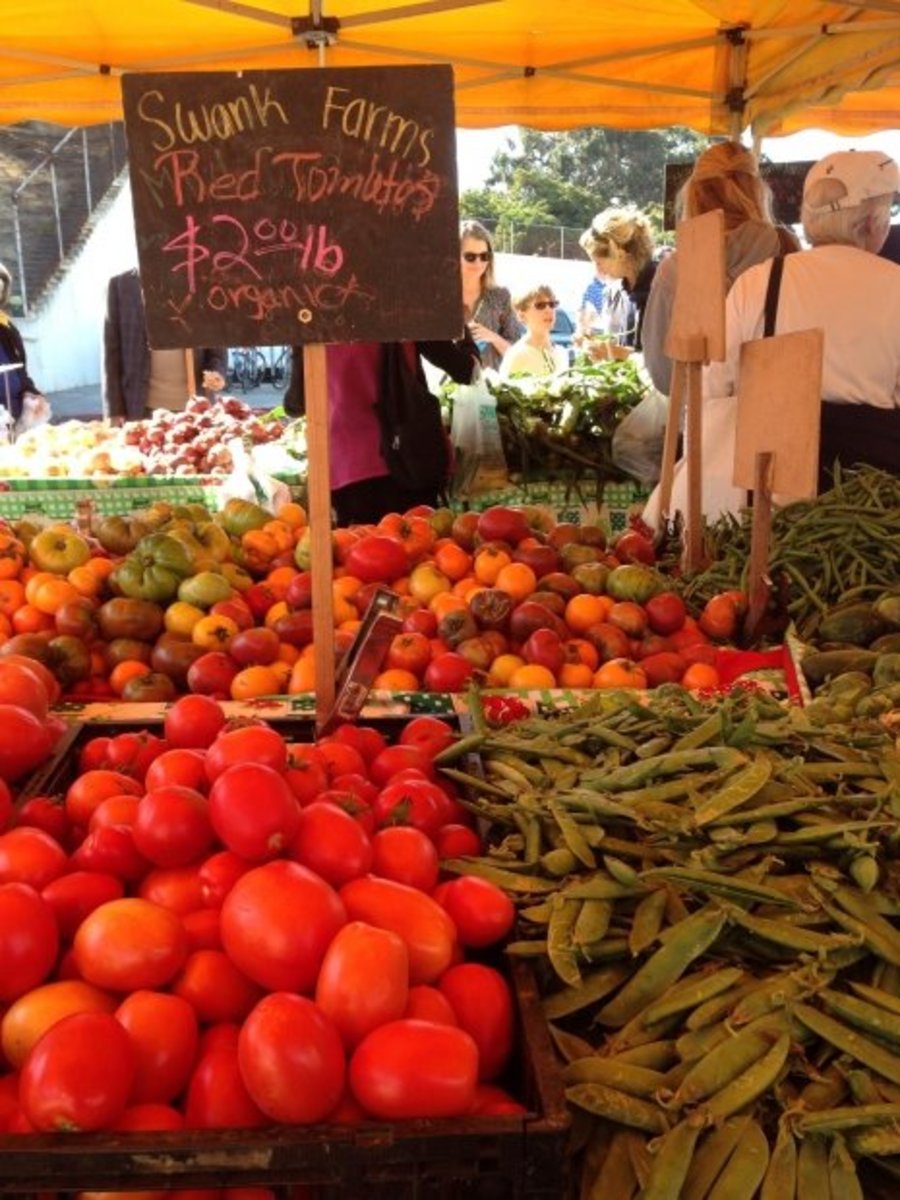The Irrigation Systems
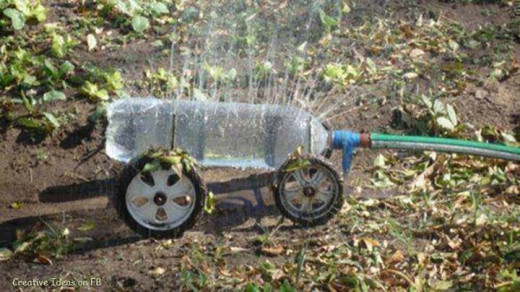
Irrigation is the artificial application of water to farmland for growing crops. It is a very important practice in agriculture, as there is a steady supply of water to the soil through this process of irrigation. Irrigation is very much different from rainfall. Rainfall is natural while human induces irrigation. Both involve supply of water to plants and the soil. There comes a need for irrigation with the general knowledge that rainfall is not steady and constant, especially during the dry season. In whatever season, plants need steady supply of water for its growth.
The plant needs water to produce food from the very important process of photosynthesis. In addition, the continual presence of moderate quantity of water in the soil helps to supply moisture needed for plant growth. Thus, there is need for us to be conversant with the different methodologies of irrigation application in Agriculture. A farmer can employ any of the following irrigation system:
- Surface Irrigation System
- Sub-surface Irrigation System
- Drip Irrigation System
- Sprinkler Irrigation System
Surface Irrigation System
In the surface irrigation system, the farmer channels water from rivers, dams, or streams to flow along the surface of the land to a designated farmland. The farmer employs this method if he or she is lucky enough to have the farmlands close to these natural bodies of water. He constructs the channels in the form of contour, furrow, basin, border, dyke, border, and ditch. Water from these sources seeps into the soil while flowing through the channels, ditch, and furrows created by the farmer.
Flooding a farmland is a typical example of surface irrigation method. Here, the farmer allows water from the rivers or dams to cover the surface of the land in a continuous sheet, the water standing just long enough in the field for the soil to absorb the water applied to reach the root zone. The surface irrigation operation typically begins at the higher area of the farmland and flows naturally, induced by gravity, towards the lower level of the farm. Thus, we can deduce that for surface irrigation to be efficient, the farmland have to possess a gentle slope. Flooding the farmland can be wild or controlled. In the wild method, the farmer allows water to flow over the farm without much control over the flow. On the other hand, in controlled flooding, the flow of water is well regulated and can be stopped when the field or farm have received the desired quantity of water. A farmer can construct an embankment between the water source and the farmland to act as the control gauge against flooding. The advantage of the surface irrigation is that it is easier to construct and cheap to establish and maintain. On the other hand, the disadvantage with surface irrigation system is that a farm operator cannot practice it on a hilly farmland. In addition, the farmer cannot employ the surface irrigation on sandy soil as there is a large volume of water involved in the surface irrigation system, and sandy soil does not have good water-absorbing component. Thus, a poorly executed surface irrigation can lead to water logging conditions that can destroy the crop plants and act as breeding ground for vectors like mosquitoes, snails, tsetse flies.
Sub-Surface Irrigation System
In the sub-irrigation system, we have a system in which the farm owner creates a water table below the ground surface. This involves digging a hole on the ground to get to a water table.
A typical water table can be constructed at some depth of around 30 cm to 75 cm. Sub-surface irrigation can be natural sub-irrigation or artificial sub-irrigation. In natural sub-irrigation, we have a method that a farmer or irrigation service provider can apply on low-lying lands .This means that the water table is very much higher than the targeted farmland. The root zones of the crop plants are within the capillary reach of the water table. Flow of water occurs naturally leveraging on gravity and capillary action to seep through to the plants making use of irrigation canals like furrows and ditches. The farmer should endeavor to control this water flow or it will develop into water logging conditions. This method, with the right conditions in place, can offer some economical means of raising crops.
In the artificial sub-irrigation, the farmer provides water to crops through a network of buried perforated pipes that carry water under pressure from the water table to percolate into the soil. These perforated pipes deliver water within the soil, and this water gets to the roots of crops through capillary action. The essential requirements for a successful sub-surface irrigation are:
- there should be the availability of adequate good quality water throughout the growth period of the crop plants.
- Fields must be nearly level and smooth. Even if there is a slope, it should be moderate. In addition, the farmland should be parallel to water table.
- There should be the availability of a layer of permeable soil such as sandy soil or loamy soil immediately below the surface soil to permit free and rapid movement of water laterally and vertically. This means if you intend cultivating on a clayey soil, forget about using the sub-surface irrigation system.
With the right conditions in place, the sub-irrigation system offers most economical means of raising crops as long as there is favorable water supply. With the availability of water, the crops get the needed moisture for growth. This, however, depends on the type of crop and the nature of the soil. Unlike the surface irrigation system, there is a level of regulation in the sub-surface. It is just a water table in one’s farm. It is just like having a well in your farm from which you can draw water. The disadvantage is that it is a bit expensive and requires some level of technical expertise. Therefore, farmers should do well to avail themselves the opportunity of learning the techniques involved in operating a sub-surface irrigation system.
- Drip Irrigation
Drip irrigation is an example of the overhead irrigation system. This means that the farmer systematically supplies water to the farmland above the surface of the soil. In the drip irrigation system, drip nozzles called emitters or drippers strategically positioned above the farmland supplies water in drips to the soil. Well spaced from each other, these drip flow occurs slowly and frequently to keep the soil moisture within the desired range for healthy plant growth .Also, plants do not experience any moisture stress throughout the life cycle. This method is very economical in water usage and most appropriate in arid and semi-arid areas. In addition, the farmer can explore the option of applying fertilizers through this drip method as the drip end is usually near the base of the plant. It is most successful for high-income crops because of the relatively high first cost of the installation. Thus, the farmer can use drip irrigation in the cultivation of vegetables, coconuts, grapes, vegetables, citrus, and sugarcane.
Sprinkler Irrigation
In sprinkler irrigation system, a pumping machine passes water at a high pressure through high-pressure pipeline and let out through sprinkler nozzles to form a gentle rain that falls on the farmland. These sprinklers are placed at regular intervals on lateral lines along the farmland .The farmer uniformly space the sprinklers out to ensure even distribution of water. The sprinkler irrigation application occurs at a uniform pattern and at a rate less than the infiltration rate of the soil to avoid surface runoff from irrigation. The sprinkler irrigation is suitable for all types of soils, more particularly coarse, sandy, and gravelly soil. It is also ideal for almost all crops like wheat, cotton, potatoes, tobacco, groundnut, vegetables, etc. However, a farmer should not use the sprinkler irrigation system for crops with high water requirement such as rice, jute, and plantation crops like coffee and tea. With a dependable supply of water such as ground or surface water and electric power supply, sprinkler irrigation would be ideal in wet or semi wet region. The disadvantages of sprinkler irrigation system are that it is costly to operate and high wind velocity may prevent distribution of water. Sufficient technical expertise is very important in its operation and steady power supply has to be in place to produce the high pressure needed to pump water into pipes. Now, if a farm operator can tackle these disadvantages, the sprinkler irrigation system is a very effective irrigation system. This is because the sprinkler irrigation helps to conserve precious water up to 50 percent and can irrigate 2 to 3 times the areas compared to surface irrigation. In addition, this system is suitable for any size of farm.
No matter which irrigation system that the farmer settles for, moderate supply of water must get to the crops, the soil and the farmland, in general


